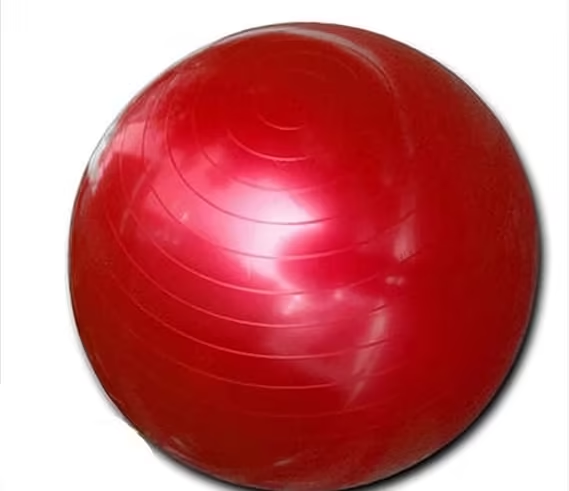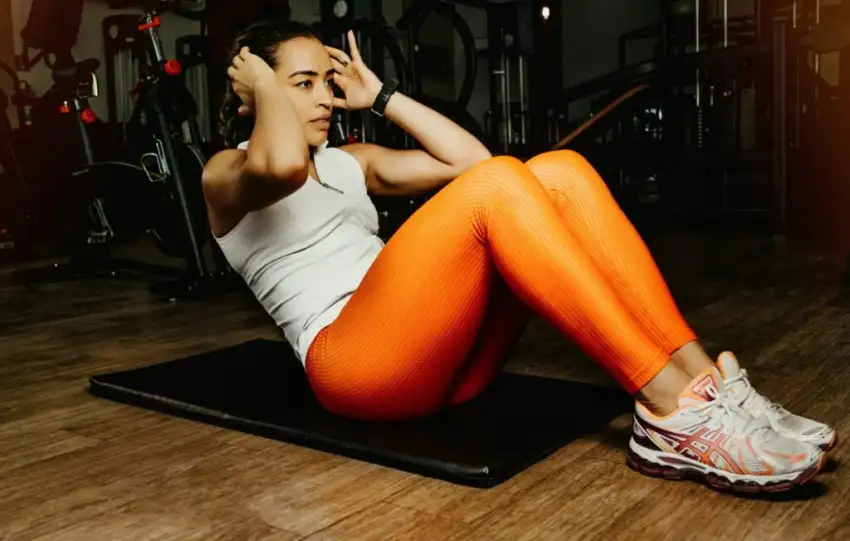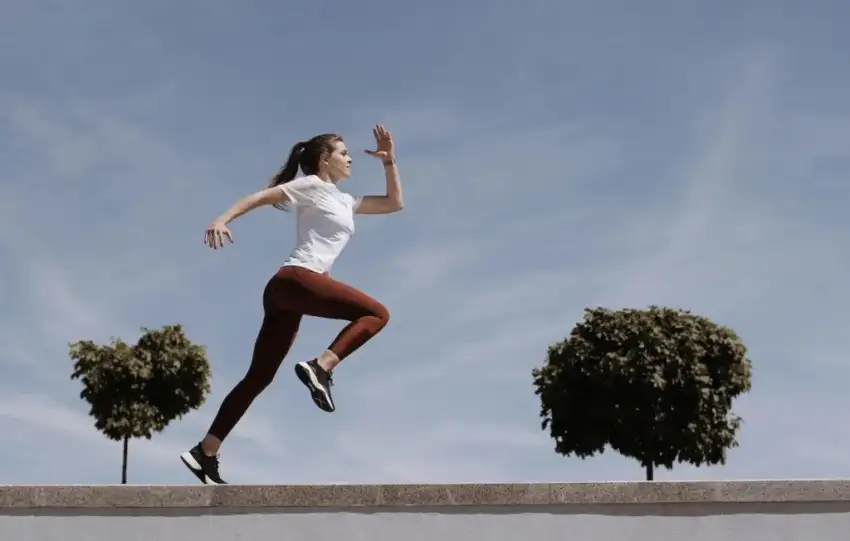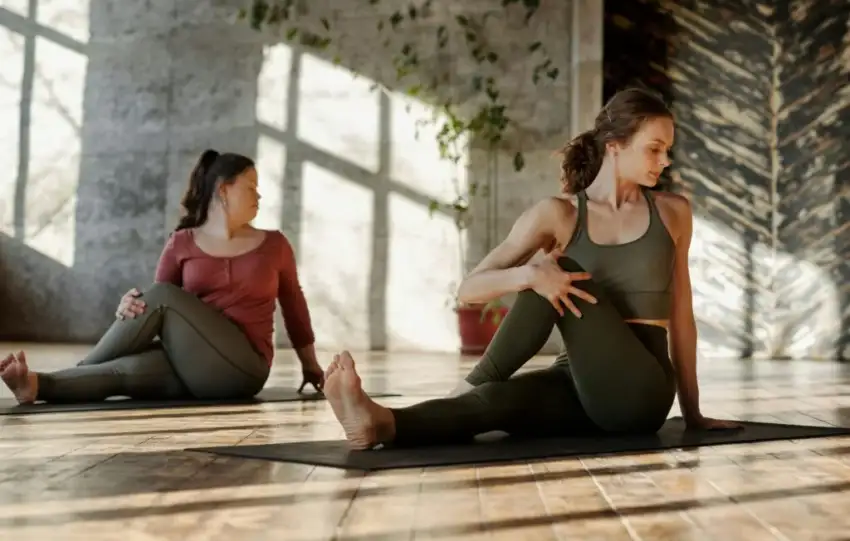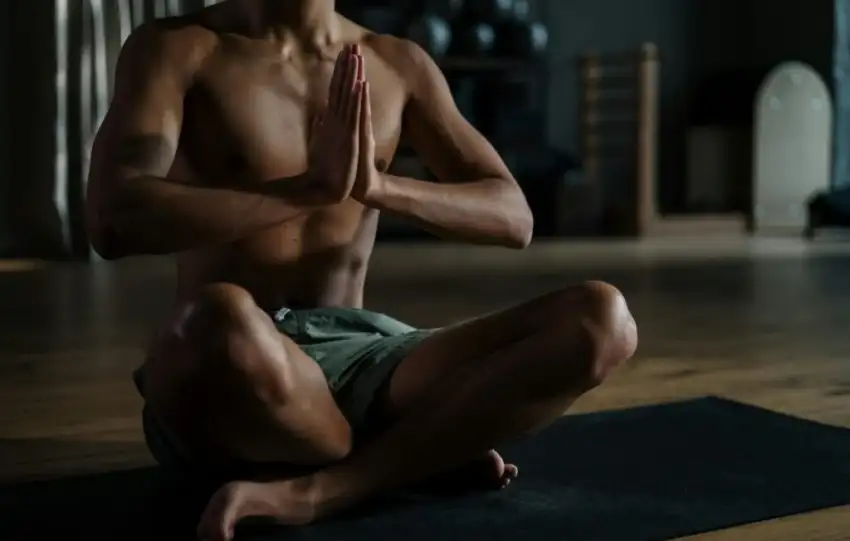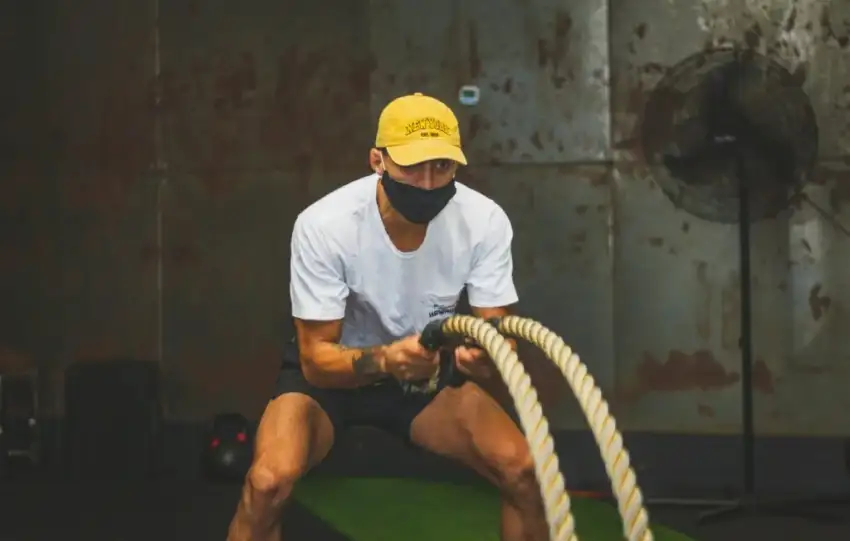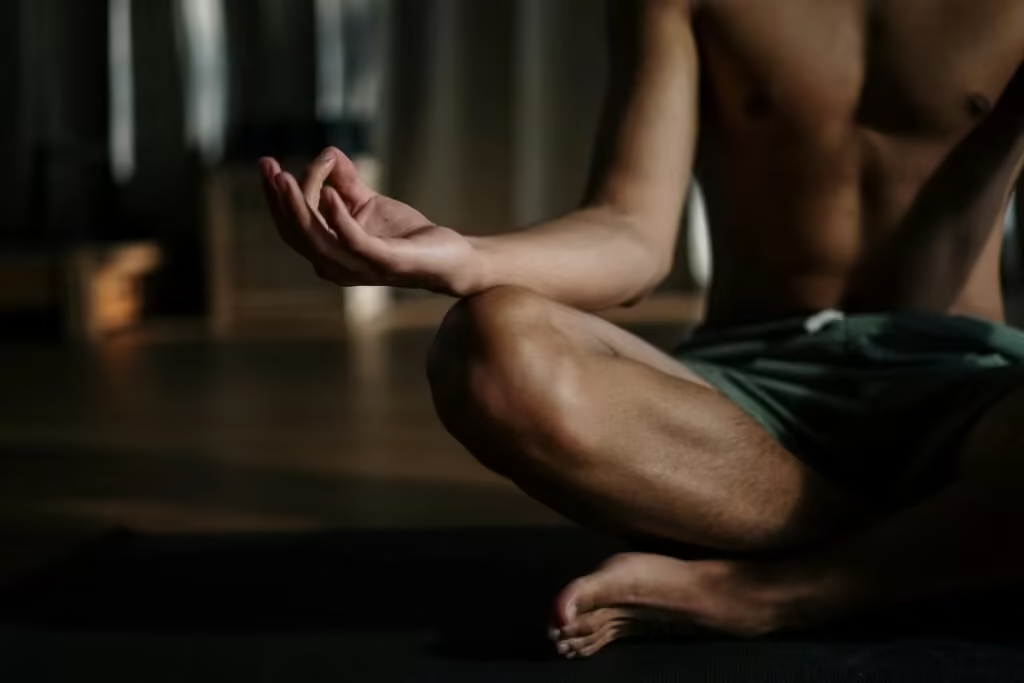
Yoga for Stress Relief: Techniques to Calm Your Mind
In today’s fast-paced world, stress has become a common experience for many. From work pressures to personal challenges, life can feel overwhelming at times. Fortunately, yoga for stress relief is an effective, time-tested practice that can help calm the mind, reduce anxiety, and restore a sense of balance and peace. This blog will explore how yoga alleviates stress and share specific techniques and poses you can incorporate into your daily routine for better mental and emotional well-being.
How Yoga Helps Reduce Stress
Yoga is more than just a physical practice. It combines movement, breath, and mindfulness to promote relaxation and reduce the body’s stress response. Here’s why yoga is such a powerful tool for stress relief:
- Activates the Parasympathetic Nervous System: Yoga encourages deep breathing, which stimulates the parasympathetic nervous system, responsible for rest and relaxation. This helps counteract the fight-or-flight response triggered by stress.
- Reduces Cortisol Levels: Studies have shown that regular yoga practice lowers cortisol, the body’s primary stress hormone, leading to decreased anxiety and improved mood.
- Improves Mindfulness: Yoga encourages present-moment awareness. By focusing on your breath and body, you can let go of worries and reduce mental clutter, allowing you to feel more centered.
- Increases Flexibility and Releases Tension: Physical poses in yoga help release built-up tension in your muscles, which is often a physical manifestation of stress.
- Enhances Emotional Resilience: Consistent practice helps you manage stress more effectively, improving your emotional resilience to life’s challenges.
Best Yoga Techniques for Stress Relief
Here are some simple yet powerful yoga techniques and poses that can help calm your mind and relieve stress:
1. Pranayama (Breathing Techniques)
Breathing exercises are a fundamental part of yoga and one of the most effective tools for instant stress relief.
- Diaphragmatic Breathing (Belly Breathing): Sit or lie comfortably. Place one hand on your chest and the other on your belly. Inhale deeply through your nose, allowing your belly to rise, and then exhale slowly through your mouth. This technique calms the nervous system and helps manage anxiety.
- Nadi Shodhana (Alternate Nostril Breathing): This technique balances the mind and reduces stress. Sit comfortably, use your right thumb to close your right nostril, inhale through your left nostril, then close the left nostril with your right ring finger and exhale through the right nostril. Continue this alternate nostril breathing for 5-10 minutes to feel centered and relaxed.
2. Restorative Yoga Poses
Restorative poses in yoga are gentle, supported postures that encourage deep relaxation.
- Child’s Pose (Balasana): This calming pose helps release tension in the back, shoulders, and neck while promoting mental relaxation. Kneel on the floor, sit back on your heels, and extend your arms forward, resting your forehead on the mat. Breathe deeply and let go of any mental stress.
- Legs-Up-the-Wall Pose (Viparita Karani): This pose is excellent for reducing stress and promoting relaxation. Lie on your back and extend your legs vertically against a wall. Relax your arms by your sides, close your eyes, and breathe deeply. This posture helps improve circulation and calm the mind.
- Reclining Bound Angle Pose (Supta Baddha Konasana): Lie on your back with the soles of your feet together and your knees falling open to the sides. Support your knees with cushions if needed. This restorative pose relaxes the body and quiets the mind.
3. Meditation and Mindfulness
Yoga includes elements of mindfulness and meditation, which are essential for calming the mind. Meditation helps you detach from the worries of the past or future and focus on the present moment. Even 5-10 minutes of daily meditation can significantly reduce stress.
- Mindfulness Meditation: Sit comfortably with your spine straight, close your eyes, and focus on your breath. Notice each inhale and exhale, letting go of any thoughts that arise. This simple practice helps you cultivate awareness and reduces stress.
- Loving-Kindness Meditation: This form of meditation involves silently repeating phrases like “May I be happy. May I be healthy. May I live with ease,” and extending those wishes to others. It promotes compassion and emotional well-being.
Best Yoga Poses for Stress Relief
In addition to breathing techniques and meditation, several yoga poses (asanas) can help alleviate stress and promote relaxation:
- Standing Forward Bend (Uttanasana): This forward fold allows your head to hang, which releases tension in the neck and upper back while calming the nervous system.
- Cat-Cow Pose (Marjaryasana-Bitilasana): Moving between these two poses helps release tension in the spine and promotes mental clarity.
- Bridge Pose (Setu Bandhasana): This gentle backbend opens the chest and shoulders, areas that often hold stress, and calms the mind.
- Corpse Pose (Savasana): Often performed at the end of a yoga session, Savasana involves lying flat on your back, arms at your sides, and focusing on deep relaxation. It allows your body and mind to fully absorb the benefits of your practice.
Creating a Stress-Relief Yoga Routine
To make yoga a regular part of your stress management, consider creating a simple routine you can do daily:
- Morning Routine: Start with 5-10 minutes of pranayama (breathing exercises) followed by gentle stretches like Cat-Cow Pose and Child’s Pose to set a calm tone for the day.
- Midday Break: Take a few moments during your lunch break to practice Legs-Up-the-Wall Pose or Forward Bends to reset your energy levels and relieve midday stress.
- Evening Routine: Wind down your day with 10-15 minutes of restorative yoga poses like Reclining Bound Angle Pose and Savasana, followed by a short meditation to release any lingering stress before bed.
FAQs on Yoga for Stress Relief
1. How long should I practice yoga to see stress-relief benefits?
Even 10-15 minutes of yoga per day can help reduce stress. Consistency is key, so aim for a daily practice, even if it’s short.
2. Can I practice yoga for stress relief if I’m a beginner?
Absolutely! Yoga for stress relief focuses on gentle, restorative poses that are suitable for all levels, including beginners.
3. What’s the best time of day to practice yoga for stress relief?
Any time of day is beneficial, but morning yoga can help set a positive tone for the day, and evening yoga is ideal for unwinding and de-stressing before bed.
4. Do I need any special equipment for yoga?
A yoga mat is helpful but not essential. You can also use pillows, blankets, or blocks to support your body in restorative poses.
5. How can yoga help with chronic stress and anxiety?
Yoga activates the parasympathetic nervous system, helping your body relax and recover from the effects of chronic stress. With regular practice, yoga can reduce anxiety, improve mood, and enhance mental resilience.
Conclusion
Yoga for stress relief is a powerful practice that offers numerous benefits for both body and mind. Through a combination of gentle movement, mindful breathing, and meditation, yoga can help you effectively manage stress and bring a sense of peace and balance to your life. Whether you’re a beginner or an experienced yogi, incorporating these techniques into your routine can lead to profound improvements in your mental and emotional well-being.
Embrace the calming power of yoga and take the first step towards a stress-free, centered life.



